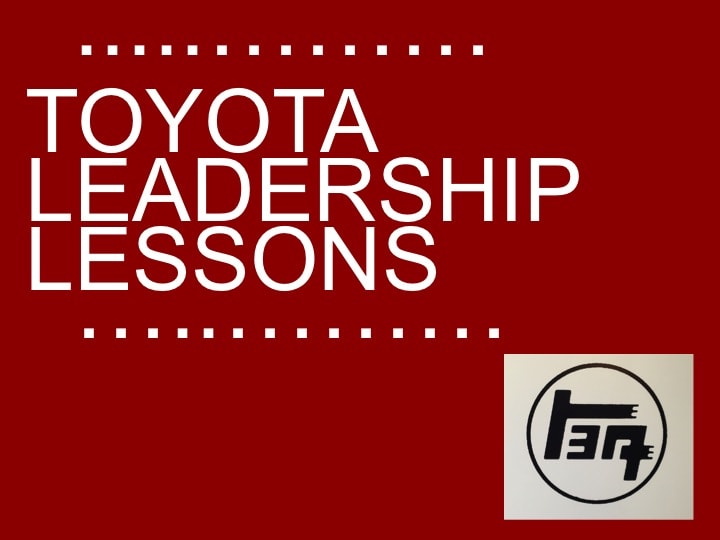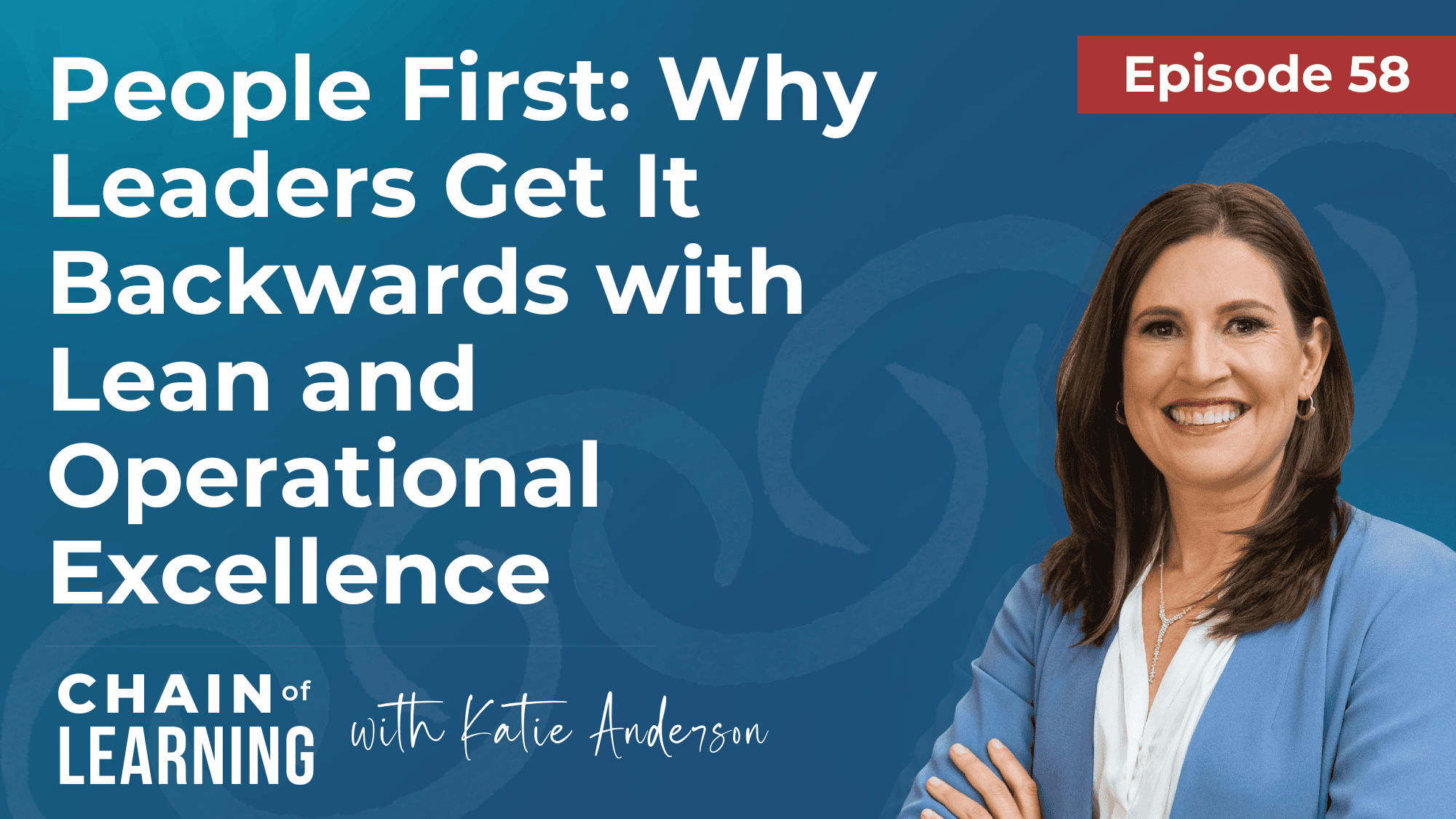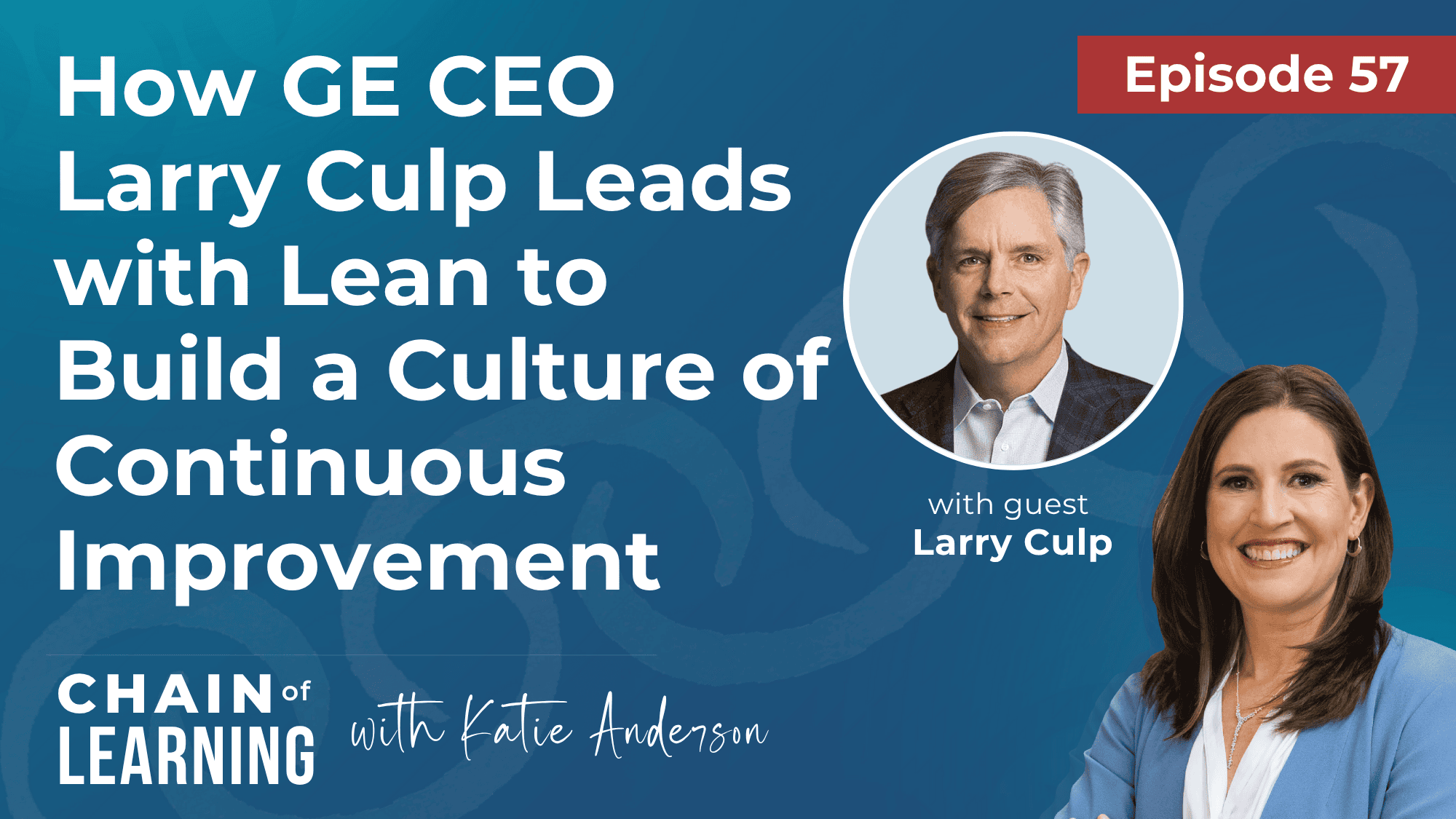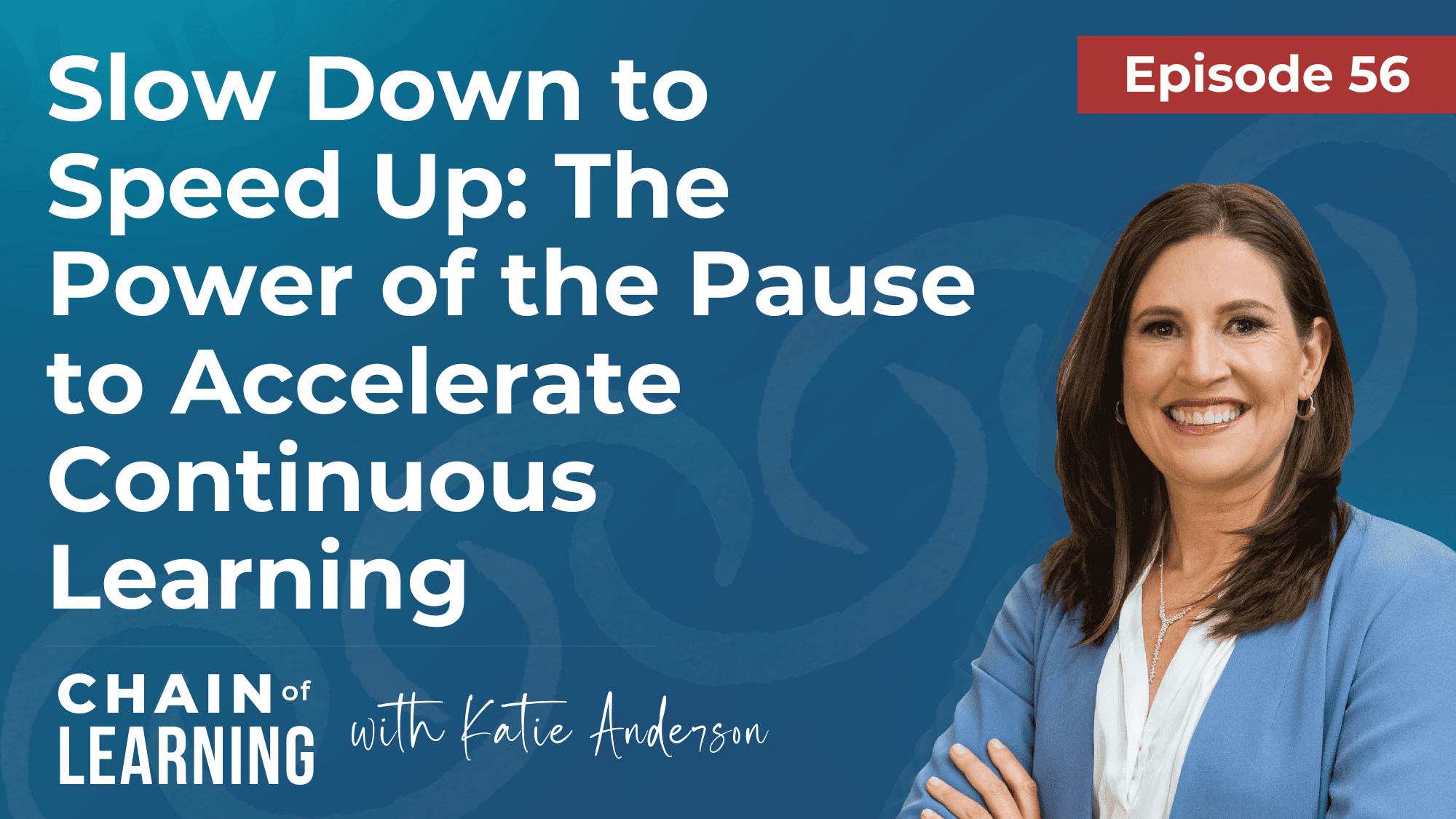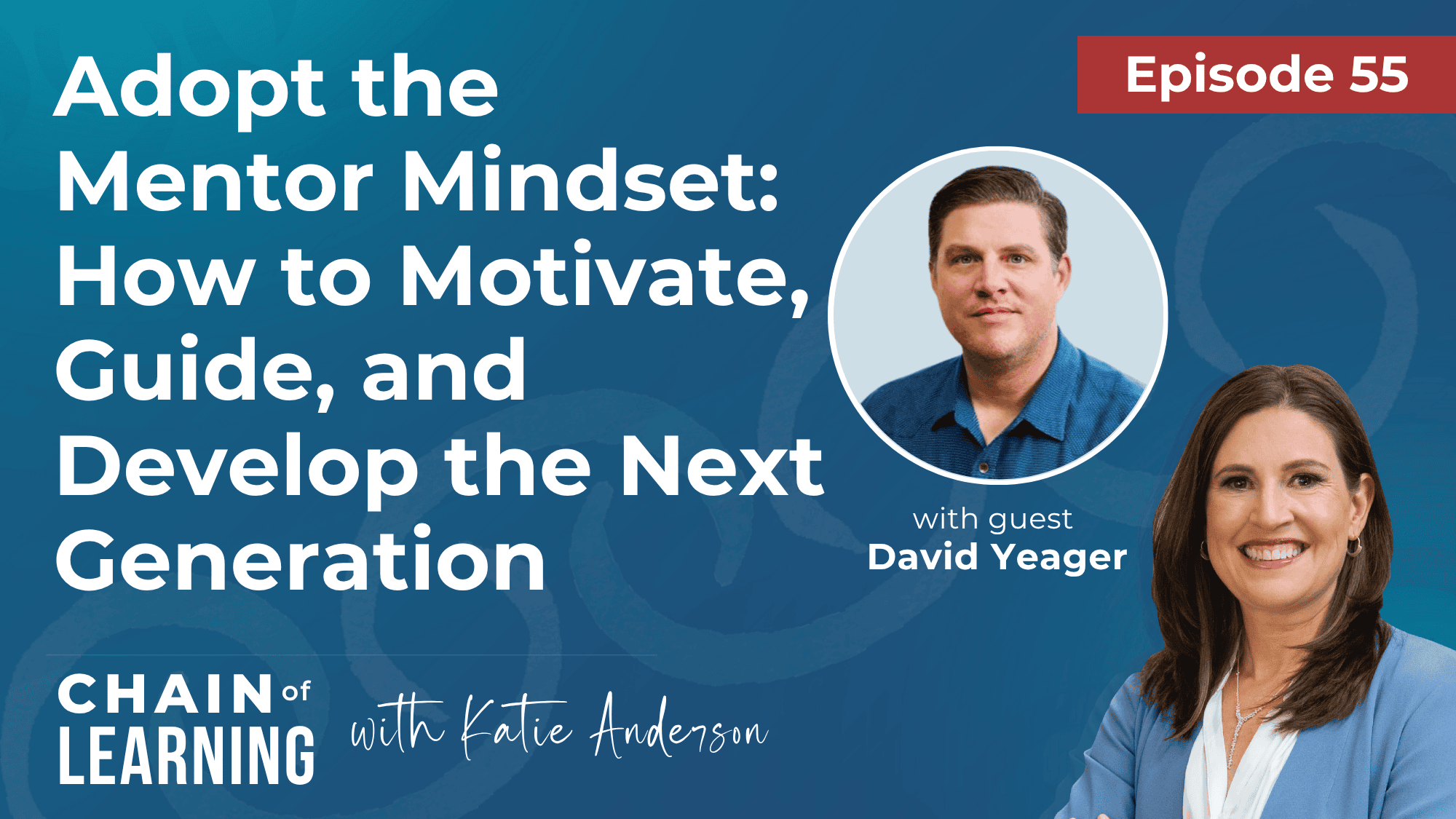What is the best way to learn a process? Practice on yourself!
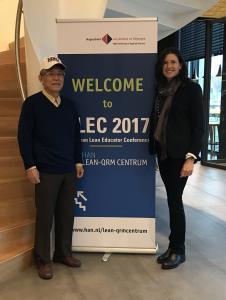
After three years of conversations and visits with each other in Japan, the U.S. and Europe, Mr. Isao Yoshino and I both had the opportunity to see each other in a professional working capacity two months ago – he was a participant in my workshop and I was a participant in his – at the ELEC2017 in the Netherlands in November 2017.
For those of you not already familiar with my friend and mentor, Mr. Yoshino is a retired Toyota leader who spent 40 years in various leadership roles at Toyota in Japan and in the United States. He played a key role in setting up the NUMMI joint venture between GM and Toyota up for success in the 1980s and he was John Shook’s first manager in Toyota City, Japan. He now teaches at a Nagoya University and spends time teaching others around the world about his experiences at Toyota.
If you don’t have a copy already, you can click here to get a PDF of the top 10 Toyota leadership lessons that Mr. Yoshino shared me in 2015 & 2016. I’m working an a new addition with 10 more!
Learning at the ELEC
In both of our workshops at the ELEC, we used the method of learning a lean framework by practicing on a personal application: mine using A3 thinking for personal improvement (I’ll be teaching this class again in Nashville in March!) and Yoshino’s using A3 thinking for goal setting or “hoshin kanri”.
It was fun to be a teacher to someone I consider a mentor and from whom I’ve learned so much. And it was even more fun to be in a formal learning setting in Mr. Yoshino’s class.
John Shook’s quote that “everyone is a teacher and everyone is a learner” couldn’t be more true.
Personal Hoshin Kanri A3 Thinking
In my last post “Live With Intention, Lead with Intention: Goals and Intentions for 2018”, I shared a bit about how I’ve practiced using the Personal Hoshin Kanri process that I’ve learned from Mr. Yoshino.
In this post, I want to go a bit deeper about what Mr. Yoshino has taught me about the process so that you can practice and learn too.
It’s not about the tool, it’s about the thinking process
Back in May when talking about applying A3 thinking and hoshin kanri, Mr. Yoshino emphasized the “The A3 is not a magical tool”.
During that meeting, Mr. Yoshino further described how he uses the process of developing personal hoshin kanri with his university students, which I wrote about in an article for the Lean Post (“Do You Practice Routine Personal Development?”):
Mr. Yoshino encourages his university students (he now teaches at a university in Nagoya) to develop their goals using the hoshin A3 format as a way to learn and practice the thinking routine of goal setting.
The thinking is the most important, an example format is just somewhere to start
He further shared his own personal hoshin with me and encouraged me to develop my own plan:
He gave me an example A3 template, but said that my hoshin A3 doesn’t have to look just like the “Yoshino format.” He encouraged me to develop my own “Katie way.”
What he meant by this was that my hoshin A3 didn’t need to look exactly like his, such as symbols, tables, and exact format, but rather that I should follow the principles and then create a structure and visual representation of my thinking that works for me.
Beginning of Year Personal Hoshin Format example
So with Mr. Yoshino’s caution to not see the A3 as a “magical tool” and to not see an example as a rigid format to follow, I share some of the templates that Mr. Yoshino shared with me in May and again at the ELEC2017 workshop.
These are meant to be guides for you to think and possible structure your thinking, but remember to develop your own way! For example, as I shared in my 2018 goal setting process, I am working on way to show a visual timeline of my work so that I can better level-load my travel.
Note: I blocked off the actual text as this is Mr. Yoshino’s personal example that he uses in class.

Define your purpose or high level vision – start with intention
Before setting your goals, Mr. Yoshino encourages people to identify the most important goals or vision to achieve by the end of the year. You can see that he did this in the example above.
Similarly, I encourage others to start with intention: understand first what is most important and then figure out how you will get there.
Focus on the most important elements – don’t include everything
Mr. Yoshino reminded us in class that we don’t need to put EVERYTHING down in the annual plan. Instead, figure out the key goals and then what actions will have the most impact on achieving them.
I found this advice helpful last week when I was working on getting more focused on my most important professional goals for 2018.
Follow-up and checking-in is the most important
Towards the end of the workshop, a participant suggested that we all set up follow-ups with our catchball partners in class. Both Mr. Yoshino and Gunars Caune were the people I worked with. I’ll be seeing Mr. Yoshino next week in Japan (I’m excited to be going back!).
I just had a follow-up Skype call with Gunars – he was calling from Latvia and I called in from California. We both agreed that follow-up and checking-in in the most important part of the A3 hoshin development process. We both put more attention to revision our original plans developed in the Netherlands two months ago because we knew that we had the call set for this week!
We’ve agreed to support each other in mid-year reviews in six months.
Mid-year or end-of-year reflection hoshin example
Don’t forget that the “check-adjust” part of the PDCA cycle is important. If you use an A3, the format of your thinking for reflections may look a bit different.
Remember, it’s the thinking process that is the most important, not the display or format.

Evaluate your performance and explain what you learned
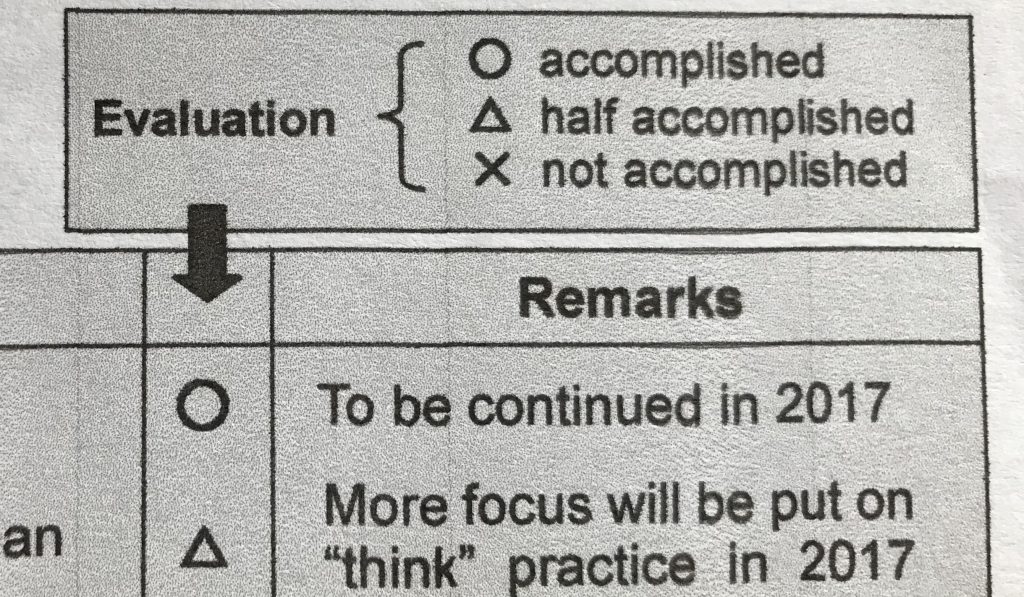
Additional insights about Hoshin Kanri from Isao Yoshino
Below are some additional insights about using A3 thinking and Hoshin Kanri hat I learned from Mr. Yoshino at the ELEC2017 and through recent personal communication that I haven’t posted before.
The manager or coach’s role
During his workshop on Hoshin Kanri at the ELEC, Mr Yoshino shared insights about the manager’s role at Toyota and the KanPro program at Toyota, which was a 2-year project in the late 1970s – early 1980s to build the habit of A3 thinking and hoshin kanri at Toyota.
Planet Lean also just published a great interview with Mr. Yoshino about many of these topics in the article “Isao Yoshino Reflects on the role of management at Toyota” and you can read more details from my prior conversations with Yoshino-san.
Leaders set the target, others figure out how to achieve the target
“As long as you are working towards the same goal, it is okay for people to have a different way to get to the goal.”
Deployment of goals is a conversation (aka “catchball”)
When setting targets, a manager should set an initial target and then “throw it to the subordinate and talk a lot about it.”
“Hoshin kanri is not just the boss saying ‘here is the target, go do it.’ There is a lot of conversation and discussion.”
Mangers don’t just deploy, they check and support
Once goals are established, the role of the manager is to check and support subordinates to achieve the goals.
“We talk during the establishing target stage and we check during implementation.”
You can read a LOT more about this in John Shook’s book “Managing to Learn” about his experience of working with Mr. Yoshino as the manager checking to see how he was achieving his goal.
There is no secret to Toyota
Mr. Yoshino closed his plenary talk at the ELEC2017 by sharing some final reflections on what makes Toyota different:
“There is no secret to Toyota. We are just more patient to keep trying. We give more time and put in more effort to make sure everything is okay.”
Toyota & Lean Leadership Lessons from Isao Yoshino
If you haven’t read them yet, you can check out other invaluable lessons about leadership from Isao Yoshino in these posts:
- (Toyota) Lean Leadership Lessons (Part 1) and Gemba Visit to Toyota City, Japan
- Toyota Leadership Lessons: Part 2 – Chance Encounter at Nagoya Station
- Toyota Leadership Lessons: Part 3 – Toyota Commemorative Museum of Industry and Technology
- Toyota Leadership Lessons: Part 4 – Helping to Develop People
- Toyota Leadership Lessons: Part 5 — “If you believe you are perfect, you won’t find the answer”
- Toyota Leadership Lessons: Part 6 — “Coach like you are making sushi”
- Toyota Leadership Lessons: Part 7 – Insights into how “respect for people” & “continuous improvement” became the pillars of the Toyota Way
- A3 Thinking History and Insights from John Shook and Isao Yoshino in the Lean Post
- Toyota Leadership Lessons: Part 8 – “The A3 isn’t a magical tool”
- Toyota Leadership Lessons: Part 9 — Learning the value of asking questions
I hope you enjoy these articles and words of wisdom from Yoshino-san!
Don’t forget that you can click here to get a PDF of the top 10 Toyota leadership lessons that Mr. Yoshino shared me in 2015 & 2016.
Personal Improvement A3 Thinking
You can also use A3 thinking to support personal improvement. I’ve written many times about using A3 thinking for Personal Development using the Personal Improvement A3, which you can read about in these posts:
- Coaching for Improvement: Using A3 Thinking For Personal Development (Part 1 – Overview from Lean Coaching Summit)
- Coaching for Improvement: Using A3 thinking for personal development – Part 2 – Getting started on the left side
- Coaching for Improvement: Using A3 thinking for personal development – Part 3 – Moving to the “Right Side and Action
More learning from Mr. Yoshino and from Japan to come soon
I’m off to Japan in two days and am excited by the learning experiences that I’ll have and then share with you here on my blog. I’m going out to plan a Japan lean study trip that I’m leading for Ohio State University in May.
I’ll be spending a few days with Mr. Yoshino, going back to Ashikaga to visit Orgura Metal and some other companies, and spending a morning with Tim Wolput and Christoph Roser (who I’ll be meeting for the first time).
Thank you for reading and, as always, I welcome your thoughts and comments below.
Grateful for this Chain of Learning®️
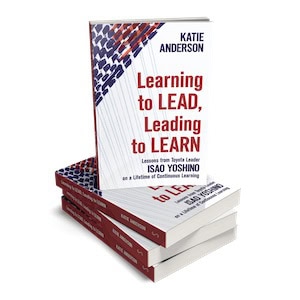 I am so, so grateful for the stories that Mr. Yoshino has shared with me, and now with the world.
I am so, so grateful for the stories that Mr. Yoshino has shared with me, and now with the world.
…Stories of learning to lead…and leading to learn.
…Stories not just of success, but reflections and deep learning from failure.
…Stories of creating culture…one person at a time.
…Stories of leading with curiosity, caring, and courage.
…Stories of finding purpose and helping others to discover their own.
…Stories of the secret to Toyota’s success…and its attitude towards learning.
…Stories of the power of collaboration, reflection, and connection.
And I’m grateful for the opportunity to have woven these stories together in a tapestry for you to appreciate, enjoy, and learn from. Writing this book was one of the highlights and greatest accomplishments of my life and career.
I hope you enjoy the book…and our shared reflections here.
Read, Enjoy and Review!
Get your copy of Learning to Lead, Leading to Learn: Lessons from Toyota Leader Isao Yoshino on a Lifetime of Continuous Learning today!
And once you finish, we would value your rating on Amazon, Audible, Goodreads, or wherever you find your books!

